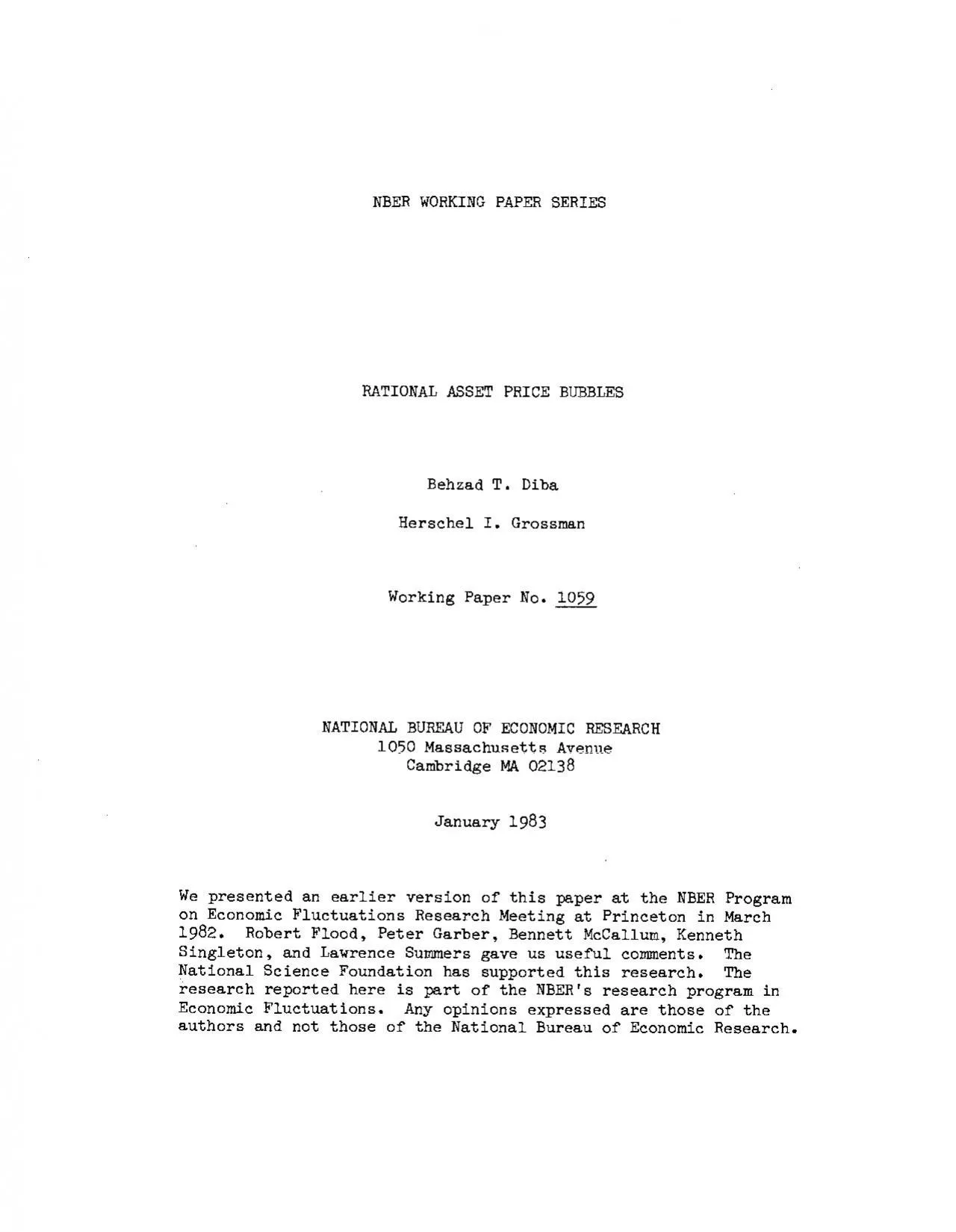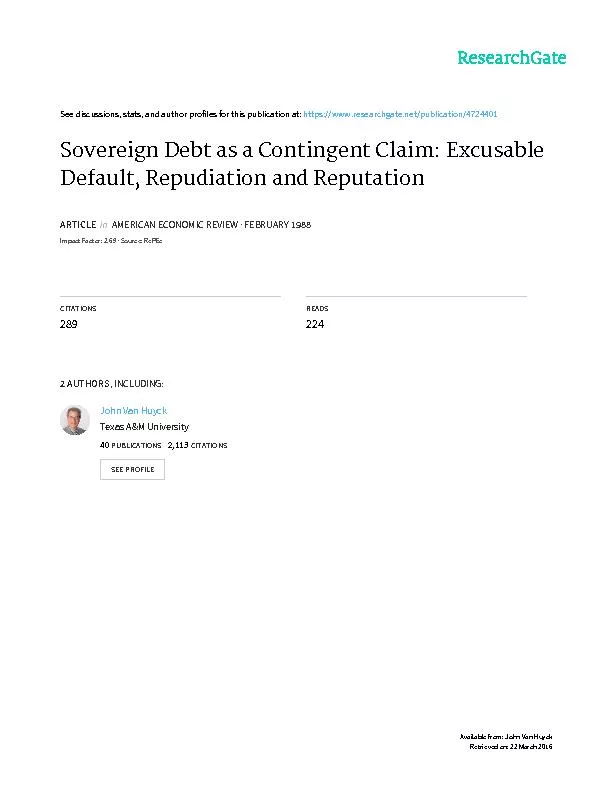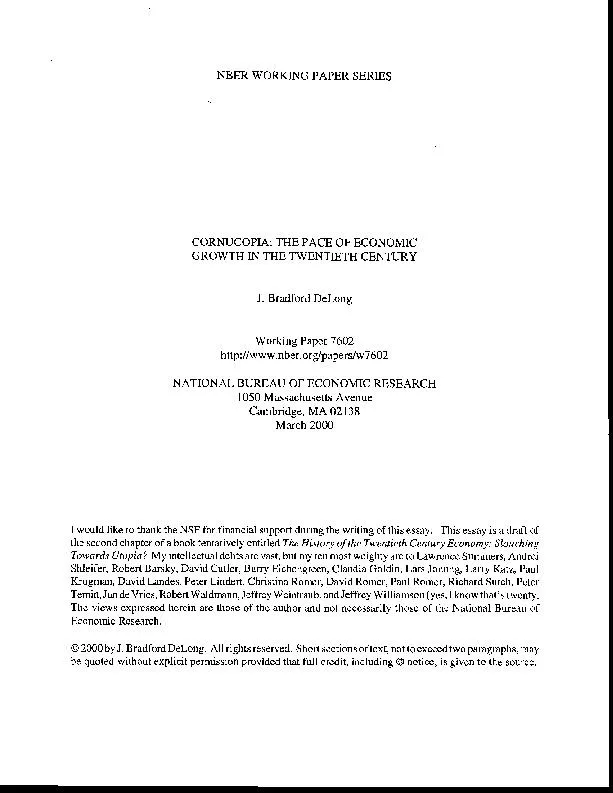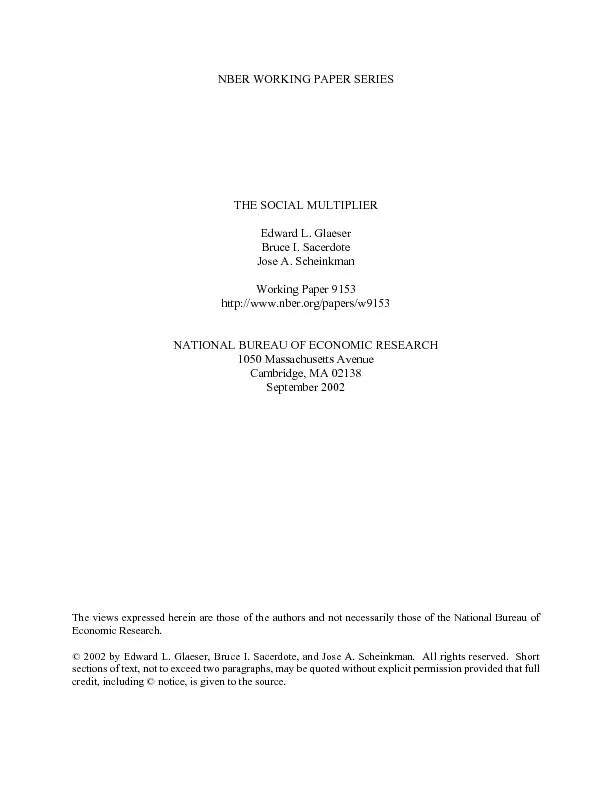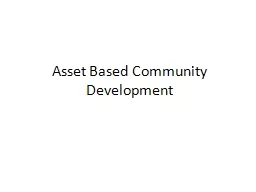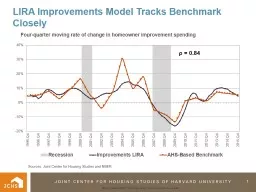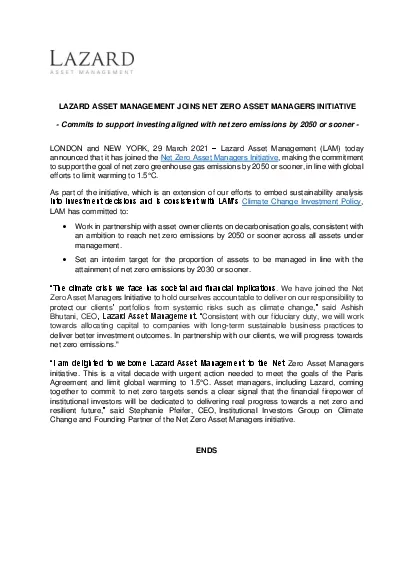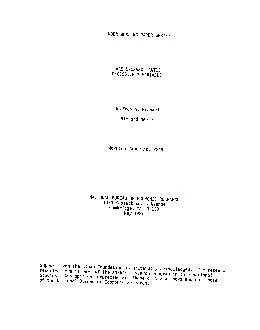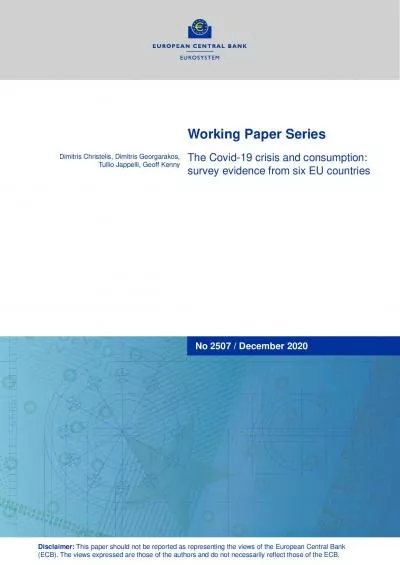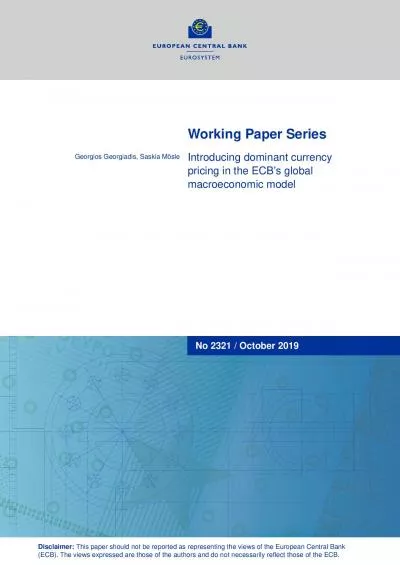PDF-NBER WORKING PAPER SERIESRATIONAL ASSET PRICE BUBBLESBehzad T DibaHer
Author : samantha | Published Date : 2021-07-05
NBER Working Paper 1059January 1983Rational Asset Price BubblesABS TRACTThe solution to a linear model in which supply andor demanddepends on rational expectations
Presentation Embed Code
Download Presentation
Download Presentation The PPT/PDF document "NBER WORKING PAPER SERIESRATIONAL ASSET ..." is the property of its rightful owner. Permission is granted to download and print the materials on this website for personal, non-commercial use only, and to display it on your personal computer provided you do not modify the materials and that you retain all copyright notices contained in the materials. By downloading content from our website, you accept the terms of this agreement.
NBER WORKING PAPER SERIESRATIONAL ASSET PRICE BUBBLESBehzad T DibaHer: Transcript
Download Rules Of Document
"NBER WORKING PAPER SERIESRATIONAL ASSET PRICE BUBBLESBehzad T DibaHer"The content belongs to its owner. You may download and print it for personal use, without modification, and keep all copyright notices. By downloading, you agree to these terms.
Related Documents

